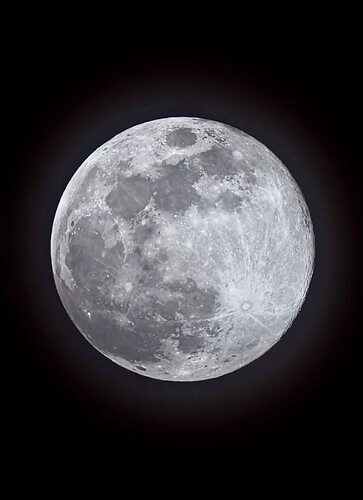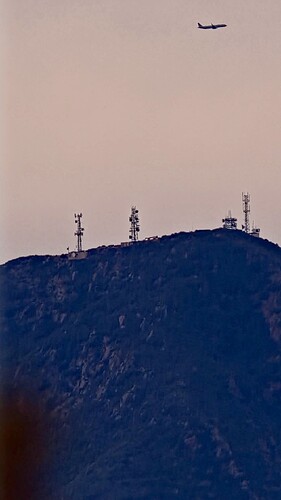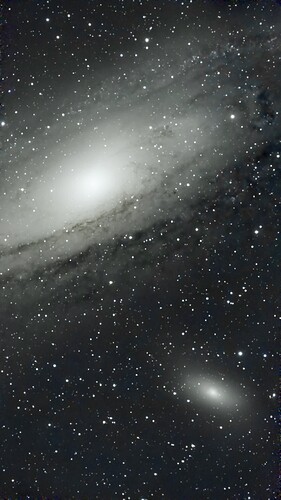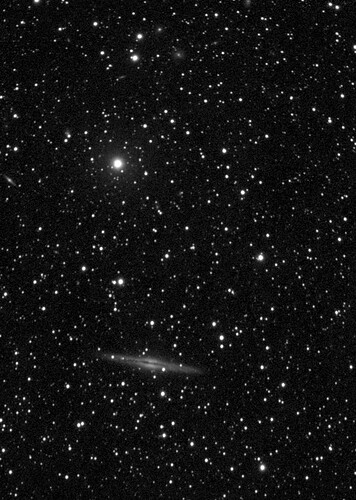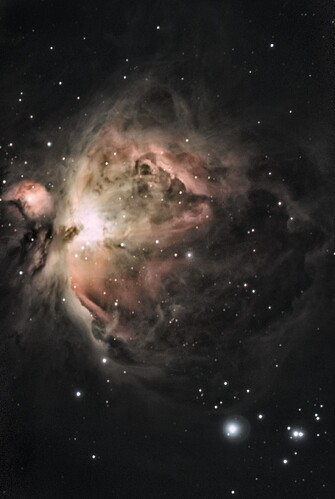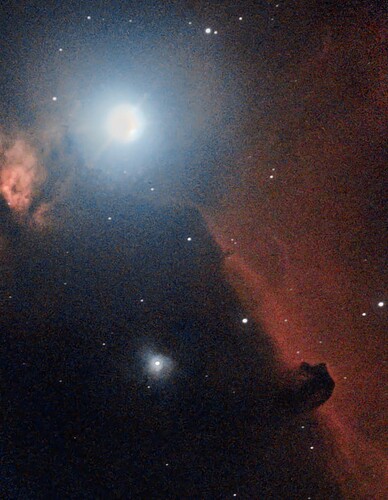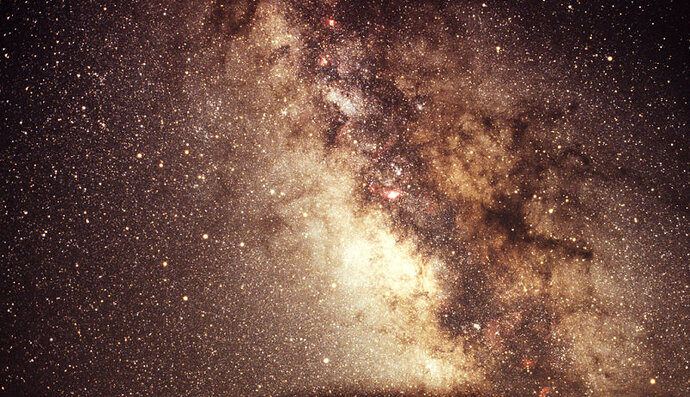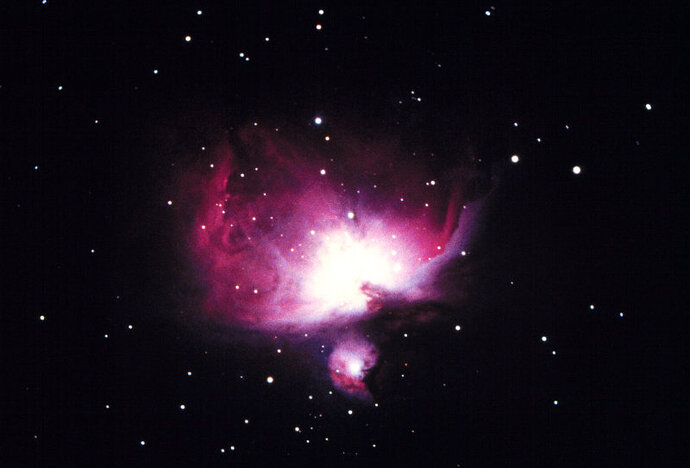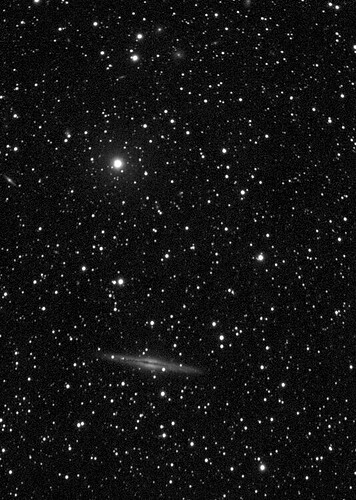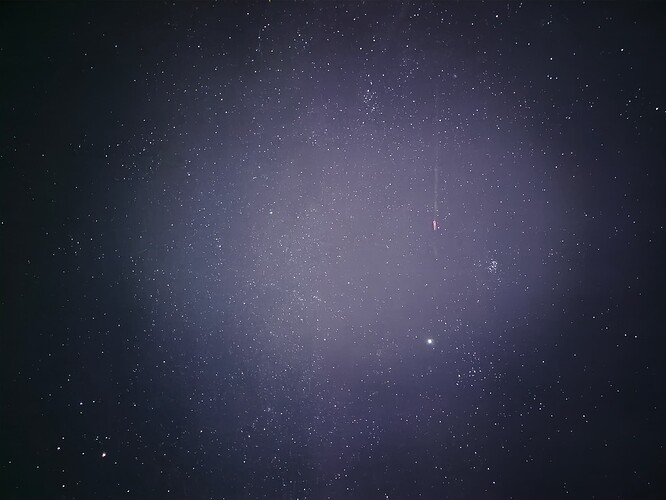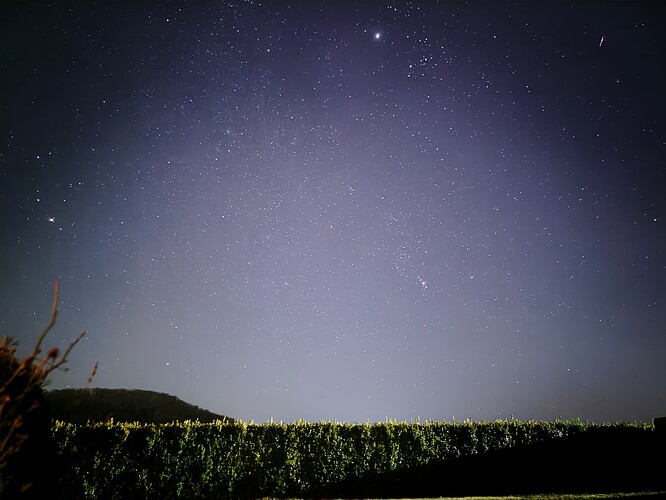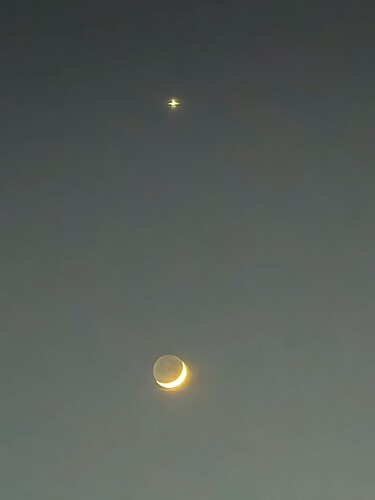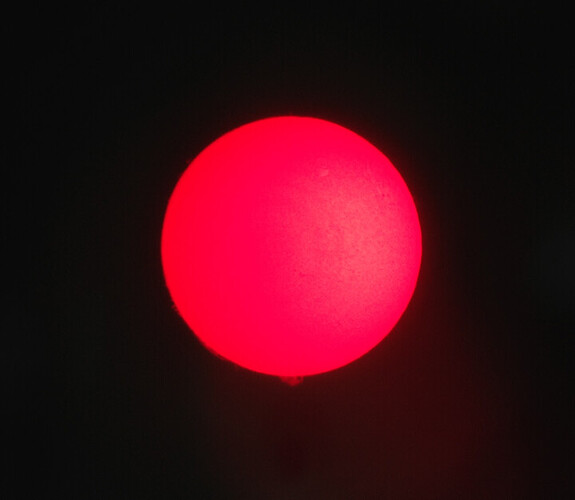so cool! SpaceX has suffered a setback as the FCC has grounded them until they find out what went wrong.
double double mackerel!
someone’s doorbell cam captured a meteorite hitting their front steps!
Close but they’re not beholden to the FCC for launches, rather the FAA. They’re not ‘grounded’ in the sense they did something wrong or naughty. This is standard to perform a mishap investigation after a test does not go to plan. That’s why these launches are still called integrated flight tests. This isn’t routine, or standard, flight yet in anyway. And even once it is routine the FAA will still require the very same investigation in the event a flight doesn’t go to plan. And this process isn’t any different than would be applied to Boeing or ULA or any other party looking to shoot things into space.
The Federal Aviation Administration has ordered SpaceX to carry out a formal investigation into the breakup of its Starship rocket during a test flight Thursday that sent a spectacular shower of flaming debris plummeting back to Earth, the agency announced Friday.
“The FAA is requiring SpaceX to perform a mishap investigation into the loss of the Starship vehicle during launch operations on Jan. 16,” the FAA said in a statement. “There are no reports of public injury, and the FAA is working with SpaceX and appropriate authorities to confirm reports of public property damage on Turks and Caicos.”
Since when does the government agency that governs TV and radio have f*ck all to do with space travel?
And why is it “cool” that SpaceX has suffered a setback? Everyone should aspire to see more space exploration. The amount of household and electronic products developed for or perfected in space is staggering, let alone we need to learn more about our universe.
The FAA is requiring SpaceX investigate the problem that caused the explosion is detected. That’s normal procedure after a flight accident.
getting the once in a million chance to see space debris burning up on re-entry while flying in a plane is what’s cool.
FAA controls US airspace, so until we have enough space traffic to create an SAA, they’re it.
Right. The FAA, not FCC. Different agencies.
it’s been a long time…probably close to 20 years now, but one night my dad and I were out with our scopes and binoculars and had 2 events of space debris burning up on re-entry. they were burning a green that Google said means it was most likely metal. the first one went across a good 50% of the northern sky before it broke up into three pieces. the next one was a lot closer to home as you could hear it sizzling as it passed over head. that piece was to the south.
That’s pretty cool, man!
Signed,
Space and Space Exploration Dork ![]()
I have so much stuff to look at the night sky…but 7 years ago I moved to a city that’s cloud covered and raining 90% of the year. >.<
I’ve had no luck trying to sell any of it to buy a decent microscope. ![]()
I know stars look little, but I think you might be better served with a telescope ![]()
Seriously though, this discussion reminds me of a summer program I was in when I was in high school - we studied astronomy and Astro physics at a pretty high level. Observationally, we spent the summer re-constructing Galileo’s calendar based on the positions of Jupiter’s 4 largest moons, and near nightly observations of changes. What a summer that was!
30+ years ago I used to haul 200lbs. (not a lot in those days) of gear 2 hours out into the desert to view and image on slide film! It would take a whole season of trips to hopefully fill a roll of 24 before knowing if you actually got anything usable.
Last year I stumbled across this $500 gem of a masterpiece of miniaturization. Perfect travel automated imaging telescope. https://www.seestar.com
All imaged and edited by me in bortle class 2 skies. The Moon and Sun of course can be imaged in the worst of light pollution and some larger/brigter objects like Andromeda and Orion come out of OK with enough time to stack images. Of course, dark skies are easier/faster to enough data.
That’s insane. As an astronomy geek, I appreciate your talents and that you posted these great shots!
Here’s a couple of the images I made on slide film, scans using a modest of the day slide scanner, 1994, I think. The Milky Way Sagittarius region was shot piggyback on my 8" tracking Schmidt-Cassegrain telescope using a 1970s Olympus camera with stock 50mm lens. Exposure was just over 1 hour. I printed this 70" diagonal and it hung for years above my fire place.
The other is the Great Orion Nebula. Dynamic range on slide film wasn’t near enough to capture the ‘bright’ center and the faint arms at the same time but still it was cool to learn how to do this.
Some unreal photography on display! Sounds like a lot of careful set up. Glad it paid off!
Thanks but that’s the thing with the Seestar, one simply sets it down, turn it on, connect with the app and start viewing and imaging. That’s all there is too it. It will prompt to level it if it’s too far out and it will triangulate 3 stars to further refine it’s accuracy but it mostly just nails the target and you watch it draw/stack on your phone, live.
It will do all the imaging processing for you and save the RAW files so you can do it ‘better’ on a more powerful computer later if you wish.
Recently, they added a couple of much requested features. One allows selecting a larger piece of sky to image than the imager can do in one frame…it mosaics them to allow wide-field images. The 2nd I’ve yet to test but allows planning imaging sessions so you can set it up and go to bed and it will carry out the program on it’s own.
It comes complete, ready to go, including its own case. So good. I paid far more $ for an OK guide scope to align the big telescope than this entire package costs.
Dude: You are my new hero. I love space and space exploration – not sci-fi – and you are the Picasso of the skies here!
Of course nowhere near as impressive as the shots above but pretty cool how far a smartphone get’s you nowadays
What will ‘we’ all do when everything becomes ‘effortless’…
